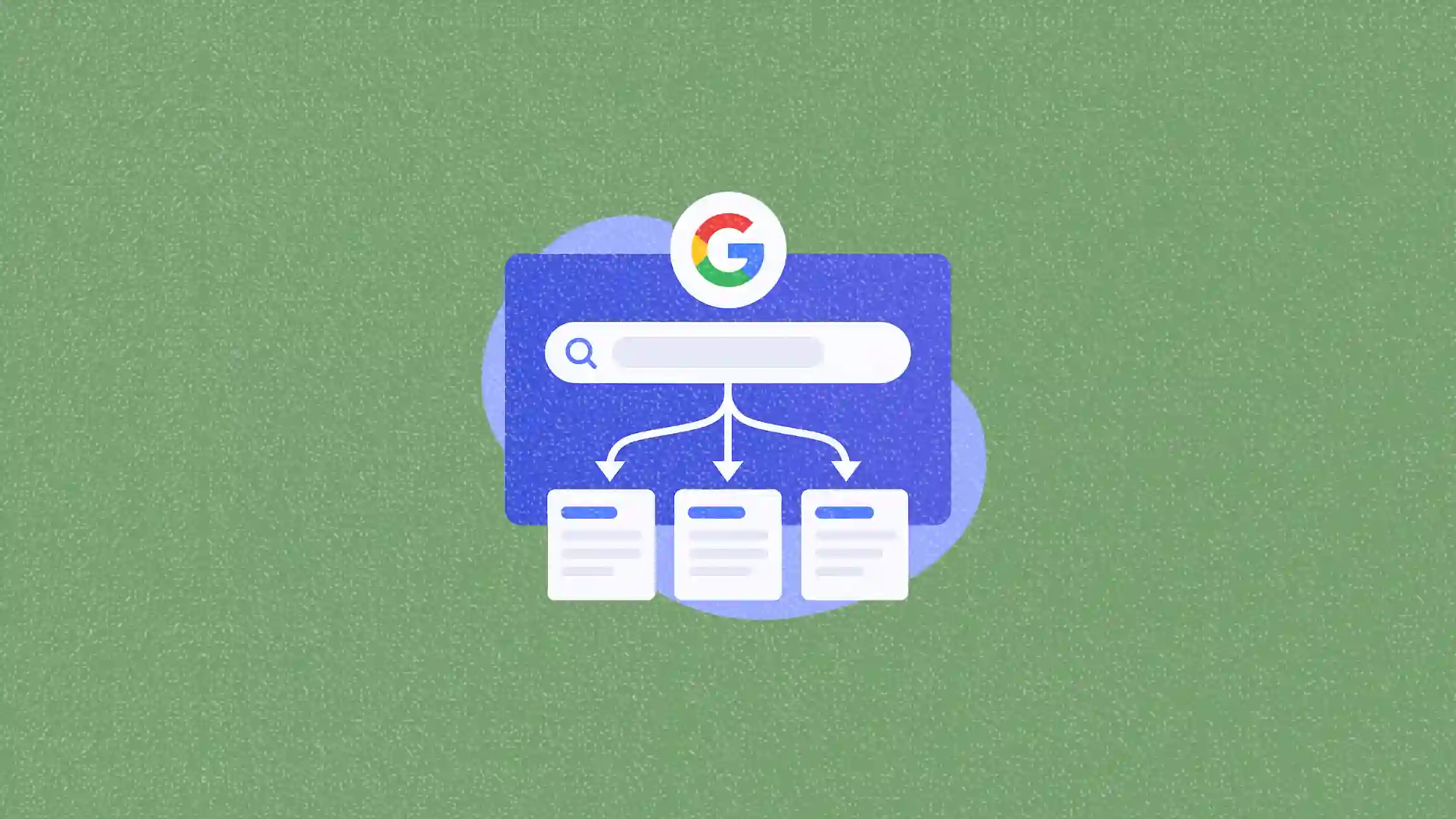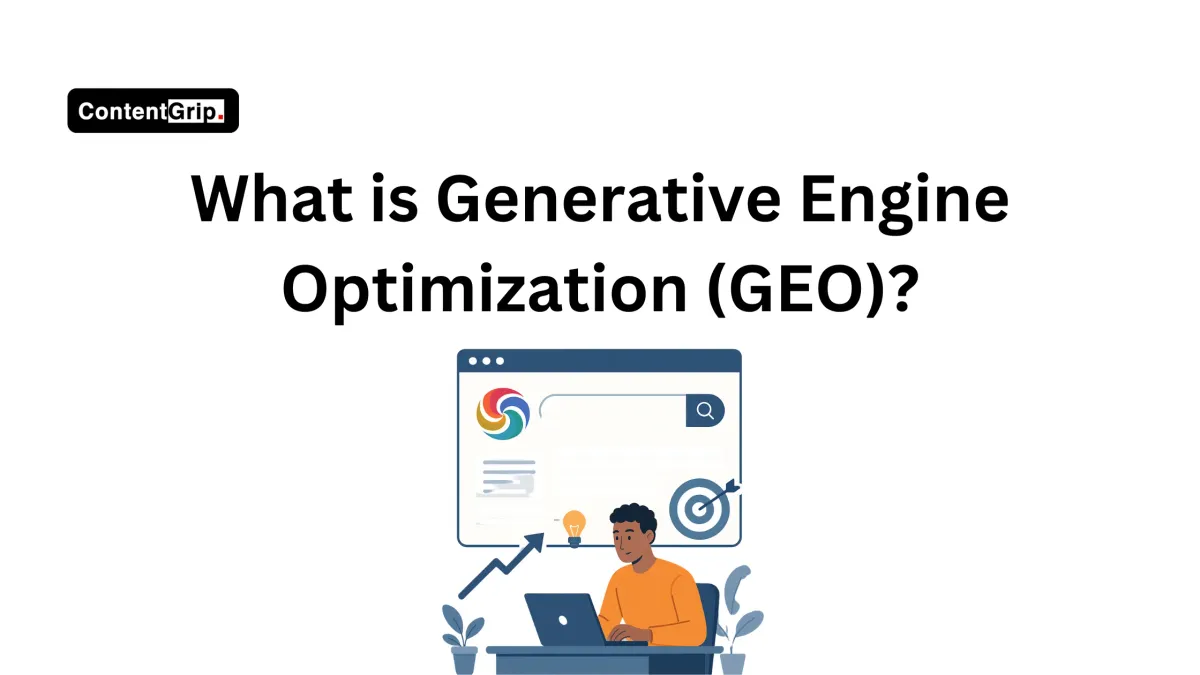What is ‘query fan-out’ in Google’s AI Mode
Google’s new AI Mode uses query fan-out to change how content gets discovered. Learn what that means for your SEO playbook.

Google's search experience is going through its most significant shift in years. In June 2025, the company expanded its AI Mode to all U.S. users, quietly altering how results are gathered, ranked, and displayed. Unlike classic Google Search, where ranking was largely keyword-driven, AI Mode is designed to generate summarized answers that often don’t show many links at all.
At the center of this evolution is a mechanism called “query fan-out”, a technique that breaks down your question into multiple sub-queries behind the scenes. Then it uses Gemini (Google’s large language model) to synthesize the results into one cohesive response.
Experts warn that this mode is “designed to discourage external linking”, which could spell trouble for publishers and SEO teams that rely on organic traffic.
This article explores what query fan-out is, how it works inside Google’s AI Mode, and what it means for SEO professionals and content creators.
Short on time?
Here’s a table of contents for quick access:
- What is query fan-out?
- How it works in Google’s AI Mode
- How it affects content discovery
- Why query fan-out matters for SEO
- How marketers and publishers can adapt

What is query fan-out?
Query fan-out is Google’s way of supercharging its ability to understand and answer complex search prompts. Instead of returning a traditional list of blue links, Google’s AI Mode decomposes the original query into dozens, sometimes hundreds, of sub-queries, each targeting a specific facet of the prompt.
Let’s say you type in: “What’s the best eco-friendly hotel in Paris with vegan breakfast options?”
Rather than handling that as one search, AI Mode might split it into things like:
- “Eco-friendly hotels in Paris”
- “Hotels in Paris with vegan breakfast”
- “Top-rated sustainable accommodations in Paris”
These mini-queries are dispatched simultaneously across different internal engines, from the Knowledge Graph to shopping databases to news indexes. Google’s Gemini LLM then aggregates the answers and compiles a summary, which is what users see in AI Mode.
It’s a technique backed by multiple Gemini-related patents and is only triggered for queries rich in nuance or intent. Simpler searches like “capital of Spain” bypass the fan-out process entirely.

How query fan-out works in Google's AI Mode
Here’s what happens under the hood.
When a user enters a multi-intent or layered prompt, Gemini parses the phrasing and spins off a set of sub-queries in parallel. This parallel retrieval system allows Google to pull information from different sources including structured data, product feeds, local listings, and more, to cover all angles of the search.
If there are any gaps after the first pass, Gemini can multiply the fan-out, meaning it triggers a second or third wave of sub-queries to fill in missing context. This is especially relevant for Google’s upcoming Deep Search feature, which was demoed in summer 2025 and reportedly runs dozens or even hundreds of queries to ensure completeness.
Compared to traditional search, this method is less about matching exact keywords and more about fulfilling user intent with the most context-rich response.
How it affects content discovery
From a publisher’s perspective, query fan-out introduces a major wrinkle: you may no longer be the most visible source, even if your page ranks high in classic search.
AI summaries reorganize content prominence. Instead of relying on top-10 ranking pages, AI Mode might pull snippets from deeper, more semantically relevant content that aligns with a specific sub-query.
Here’s what that means:
- Content that traditionally ranked well may be excluded from summaries.
- Long-tail or niche articles could see more visibility or none at all, depending on how they map to the sub-queries.
- Google may surface new or lower-profile domains if they better answer a decomposed facet of the original query.
The net effect? Richer summaries for users but fewer clicks for content creators.

Why query fan-out matters for SEO
If you’re optimizing content solely around keywords or backlinks, you’re likely to fall off the radar in AI Mode. That’s because Google is now scanning across topic clusters instead of single-page relevance.
Here’s how the SEO rules are changing:
- Topical depth beats keyword stuffing. You need to be “present” across multiple subtopics, not just one narrow keyword.
- Clear content structure helps AI parse answers. Use bullet points, semantic headings, and logical flow to improve snippet inclusion.
- E-E-A-T (Experience, Expertise, Authoritativeness, Trustworthiness) signals are central. Gemini will favor content that demonstrates clear domain expertise through research, interviews, or firsthand experience.
- Ranking in AI summaries is more competitive. There’s less room and more scrutiny on who gets cited in an AI response.

How marketers and publishers can adapt
To stay visible in an AI-driven search ecosystem, here’s what to prioritize:
- Think in questions and answers
Frame your content to address specific, facet-level queries. For example, instead of a broad article on solar panels, create sections like “DIY vs professional solar panel installation” or “average solar panel costs in 2025.”
- Structure everything for AI parsing
Use semantic headings (H2/H3), clear paragraphing, and schema markup to make your content easy to extract. Google isn’t just crawling, it’s summarizing.

- Optimize for semantic relevance
Tools like AlsoAsked, Qforia, or even Gemini chat itself can simulate how your content might appear across decomposed sub-queries.
- Track AI Mode separately from traditional search
Most tools (like Search Console) don’t show AI Mode traffic. Keep an eye on shifts in impressions and clicks and explore AI-native analytics tools where possible.
- Double down on E-E-A-T
Publish with bylines. Add expert quotes. Cite credible research. Gemini favors sources that “look” authoritative and trustworthy, especially when query fan-out is in play.
AI Mode isn’t just a design change, it’s a shift in how Google understands, retrieves, and presents information. And query fan-out is the engine driving it.
For marketers and SEO professionals, this means rethinking how visibility is earned. Structured content, topical depth, and authority now matter more than ever.
Adaptation won’t be optional. It’ll be the difference between getting summarized or getting ignored.








